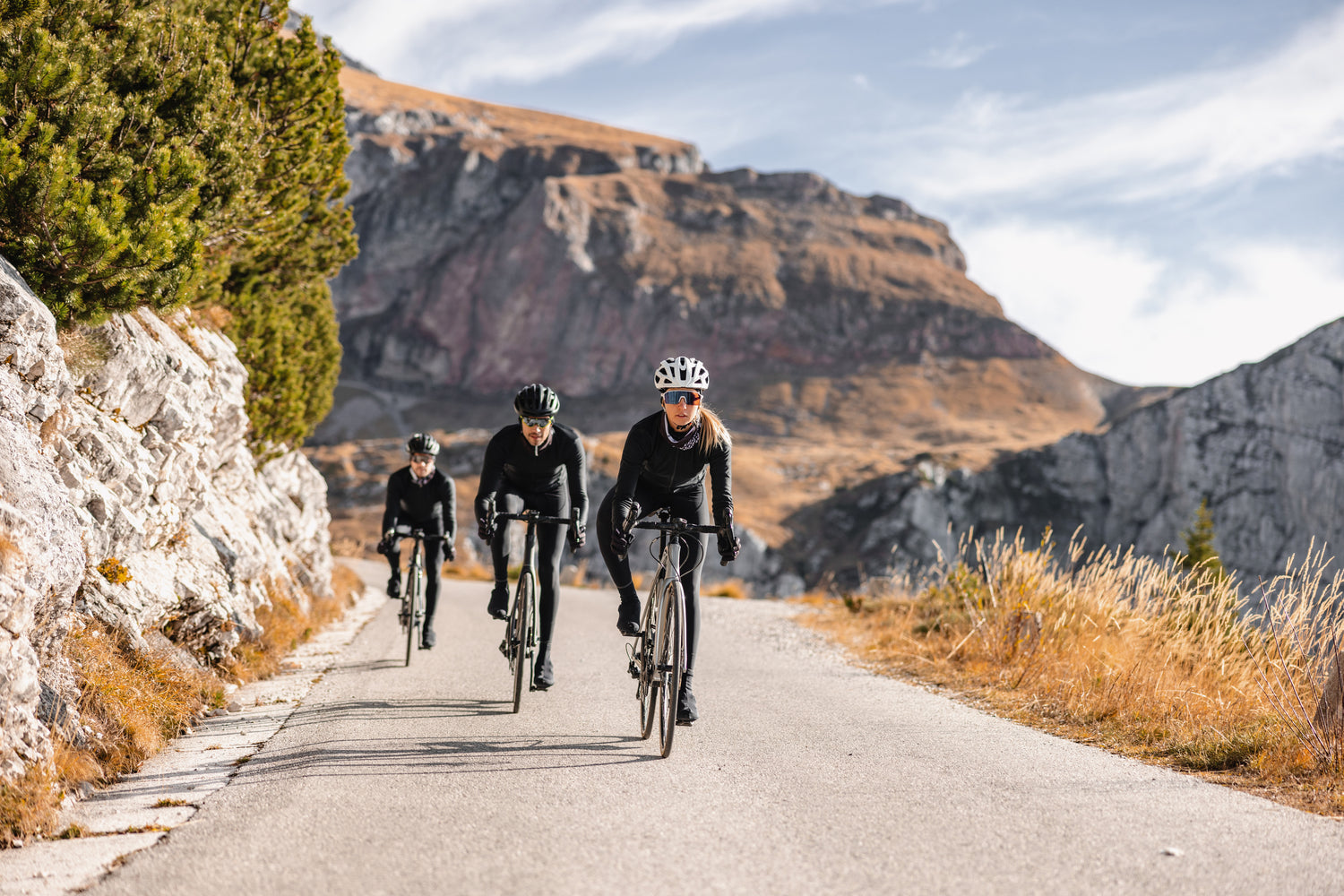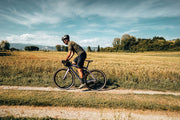What to look for when buying a second-hand bike

There are a number of reasons why buying a second-hand bike is one of the best decisions you can make. Not only does it give you an opportunity to buy a great bike for a fraction of the price of buying one new, but it also means you can find rare or discontinued models that once took the cycling world by storm. Add to that the fact that it is also an environmentally responsible way of buying, and it really does seem like a no-brainer.
That being said, it's crucial to navigate the second-hand bike market with care to ensure you're getting a bike that's safe, reliable, and worth your investment. Here's a comprehensive guide on what to look out for in your search for a new bike.
Is it the right size?
Finding a bike that will fit you is the most important thing to consider when beginning your search.
Not only will an ill-fitting bike be uncomfortable, but it will also impact your performance and in many instances your safety. Each brand makes bikes in a slightly different size, for instance a road bike from Trek a 56cm frame may suit a rider between 5’10”-6’0”, whereas Canyon's equivalent size might be recommended for someone between 5’7”-5’11”. Additionally, different models within the same brand can have distinct sizing due to geometry differences.
When buying second-hand, check the specifications and geometry of the exact model you're interested in. This information is often available on the brand's website or third-party data sources, like 99 Spokes or Geometry Geeks. One of the benefits of buying second-hand is that you are buying from a fellow cyclist, so don't hesitate to ask the seller about their height and whether they think the bike would fit you.
If you're uncertain about sizing while browsing on MyNextBike, you can reach out to us for assistance or check out our article on the sizing of different types of bikes.
Inspect for damage and check the condition of the bike
Inspecting a used bike for damage is essential to avoid unexpected repairs and to keep you safe. Look for signs of rust, dents, cracks, or any other issues that could compromise the bike's structural integrity. It is best to begin by checking the frame, as it's typically the most critical component and is hard to repair or replace. After that, be sure to examine the other parts thoroughly. If you're purchasing online, rely on clear images from the listing or request additional photos if needed.
To find out more about the bike’s condition, you may also want to ask the seller:
- When was the bike last serviced?
- Are there any damaged or worn-out components? If so, to what extent?
- What's the approximate mileage?
At MyNextBike, we encourage sellers to provide high-quality images and detailed descriptions, enabling you to assess a bike's condition accurately before making a purchase. Furthermore, our Buyer Protection policy ensures that if the bike doesn't match its description, you can return it hassle-free.

Be aware of counterfeit products
The prevalence of counterfeit bikes in the market is growing. Some counterfeit frames may lack branding, while others bear well-known names like Pinarello or Specialized. Suspiciously low prices are often indicative of counterfeit products, so if you see a price that looks too good to be true - it probably is. The easiest way to verify a bike's authenticity is by requesting proof of ownership, such as order confirmation, payment receipt, or the bike's serial number.
At MyNextBike, our comprehensive buyer protection policy guarantees that if the bike arrives not as described, you can return it for a refund, ensuring your peace of mind.

How to avoid a stolen bike
Similar to spotting counterfeits, it's essential to verify the bike's ownership status to avoid purchasing stolen goods. Ask the seller for proof of ownership and the bike's serial number, typically located on the bottom bracket area. You can then run a search on websites like Bike Register to check for reported thefts.
As part of the cycling community, this is an extremely important issue for us. At MyNextBike, we proactively combat this issue by encouraging sellers to upload a bike's serial number, so we can cross-reference it against stolen bike databases. Listings on our platform indicate whether the seller has provided this information, meaning buyers can be confident they aren’t buying stolen goods.
Buying a second-hand bike is usually an extremely positive and rewarding experience, particularly when you know what to look for. By following these tips and making the most of the features on MyNextBike, you can navigate the second-hand bike market with confidence, finding the perfect ride for your needs and budget.
Happy cycling!






